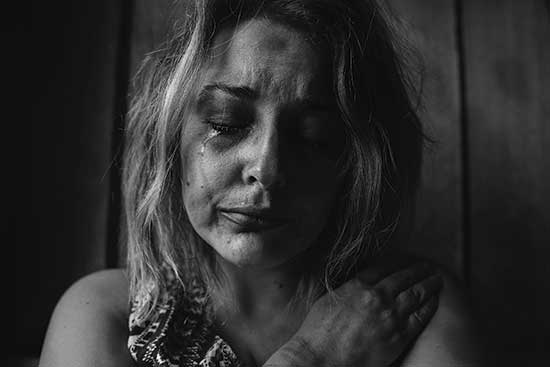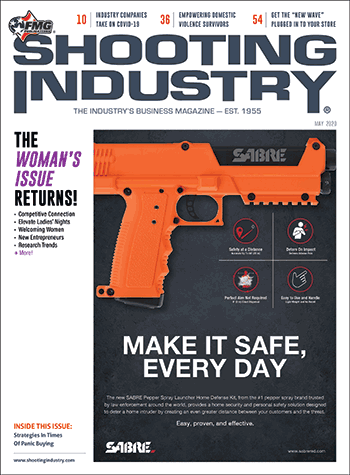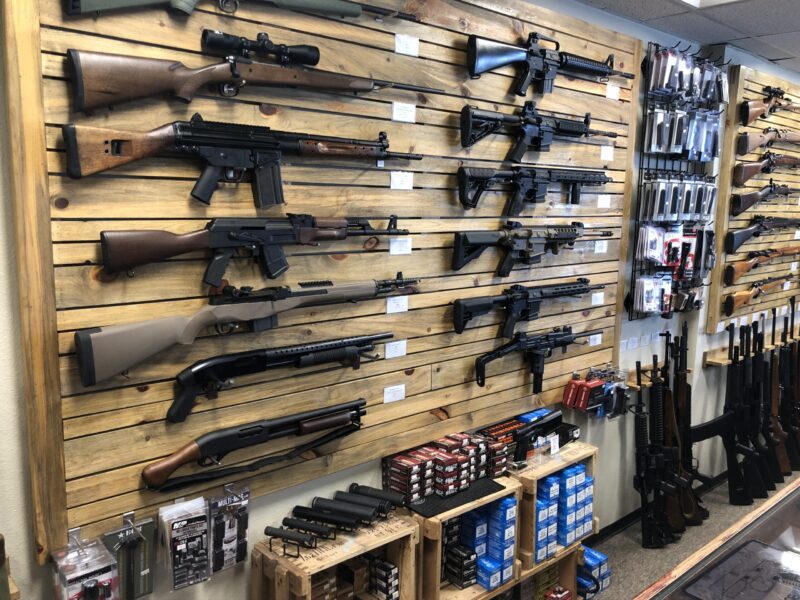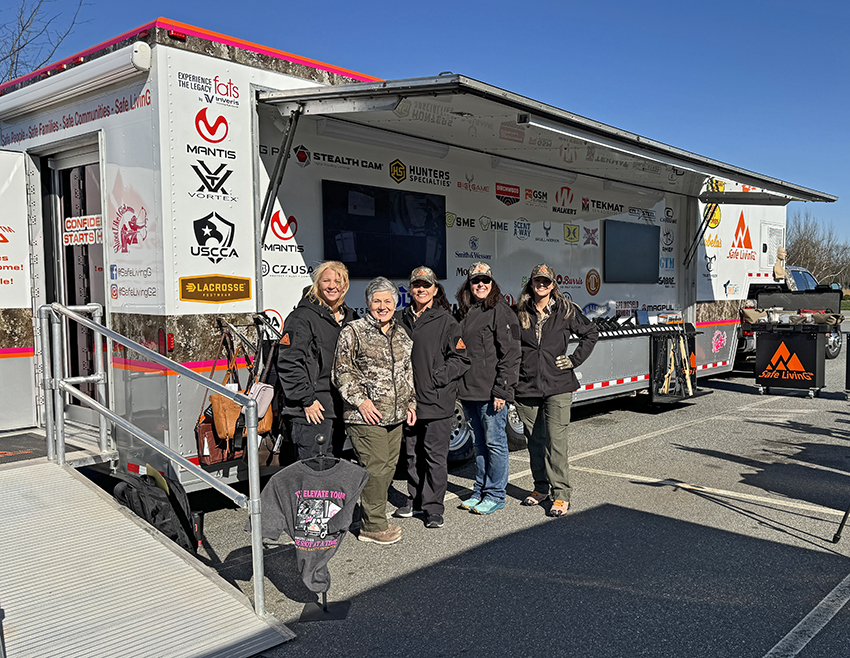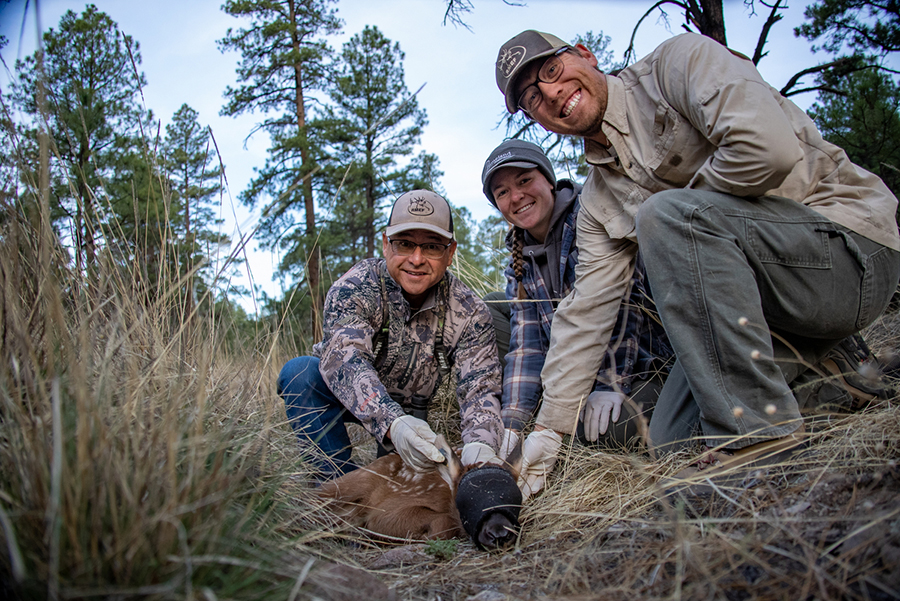Taking Control
Empowering Domestic Violence Survivors
We as an industry and community, have come a long way from the initial influx of female firearm owners over the past decade. At first, the industry sought to solve many of the challenges women face simply via the “shrink it and pink it” approach, where both firearm and apparel manufacturers simply altered the sizes and added colors they thought women preferred (predominantly varying shades of pink and purple). Unfortunately, little apparent serious thought was given to female-centric changes.
Nonetheless, this was a good springboard into the growth and maturing of the ensuing “female-focused” design and marketing approach. A quick visit to any retailer shows manufacturers are actively working to meet the demands of the female demographic. Firearms training providers are also increasing their marketing budgets for “women-only” courses and events.
This is all a positive step in the right direction, but if you look closely, one key group of women showing interest is often overlooked: domestic violence survivors. Although you may not be aware — with one in four women a domestic violence survivor — odds are you know of few of them already.
Overcoming Early Obstacles
Women in mentally and physically abusive relationships represent a growing number of those who seek the safety and reassurance self-defense training and tools provide.
Once domestic violence survivors arrive at the decision to arm themselves, another obstacle arises. They’re immediately faced with the overwhelming number of choices existing today: deciding on the type of firearm, holster, concealed carry options, etc. — not to mention federal and state gun laws. They combine to present an incredibly intimidating situation to anyone new to the self-defense market, especially a victim/survivor. (This is akin to getting into a car for the first time and instantly going 150 mph. Sure, once you have a basic understanding and are experienced, it can be exhilarating — legally on a closed track, of course — but it would be initially terrifying.)
So, how do we as a community help those looking to help themselves? Since everyone has a different reason for wanting to explore their self-defense options, there’s no one surefire method to help put them at ease. Keep in mind, though, an attempt to directly “encourage” these women — who are already emotionally fragile and sensitive — can have the opposite effect when discussing personal safety responsibility.
“If approached by a domestic abuse victim, seeking options for protecting themselves and their loved ones from an abusive situation, we feel it’s best to first consider the victim’s mindset and background/backstory,” shared Sincere Hogan, owner of New Warrior Defense in Houston.
He continued, “Although we as educators and advocates have the best intentions and truly want to help in these situations, one of the most effective tools we can offer a domestic violence survivor is empathy, understanding and hold space for them to begin to re-acclimate to a world devoid of physical and/or mental abuse.”
Offer Comfortable Options
Like we do with most new things in our lives, taking things slow and asking questions is a great start. Many women, especially victims, have been programmed to fear firearms; some have even been held at gunpoint. Attempting to focus strictly on firearms initially can make them uncomfortable or even trigger PTSD.
Rather than emphasizing a victim’s need to purchase a firearm for self-defense right away, a holistic support approach helps these women become comfortable, and more importantly, self-confident enough to realize their lives are in fact worth saving to begin with. Remember, these are women who often believe they’re worthless — so, in their minds, they’re not worth self-preservation.
Focusing on helping her select a self-defense tool she’s comfortable with, rather than presenting firearms as her only option, creates a positive first impression and a willingness to continue her exploration.
“The fear of guns can be overwhelming … and some survivors fear being armed, believing their abuser could gain control of the weapon. [They may believe] pepper spray or a Kubotan wouldn’t be as potentially deadly if they lose control of the weapon to their abuser,” said K. Patterson, a domestic violence survivor-turned advocate.
With a better understanding of a survivor’s perspective, you can help her get comfortable as survival barriers lower and knowledge increases. From a retail point of view, with patience and compassion you can turn a motivated domestic violence survivor into a loyal customer. But where and how do you start?
Look For Balance
Finding both balance and maximizing the opportunities for healing and growth help to prevent the development of a victim mentality, which is key. To achieve this, retailers can partner with other business/individuals to offer instruction on everything from defensive mindset and situational awareness, hand-to-hand combat, combative weapons through weight and cardio training and more. These same types of programs can also be extended to domestic violence shelters with complimentary defensive mindset and situational awareness education.
Establishing rapport with shelters, victim advocate and resource centers (like the YWCA) will not only yield trust, but will create a professional relationship that will support long-term business referrals with survivors.
No matter the path on how they come into your store, class or meeting, you have the opportunity (and obligation) to be a positive first impression of the community. Again, be friendly, supportive and patient.
Ask open-ended questions: allow a potential client to provide you with critical information that will help determine your best recommendations. A victim (especially if she’s very recently left her violent situation), will likely be timid and quiet. They will not necessarily walk up to the counter and share their experiences with a stranger. Basic, personable questions can help put them at ease.
Additionally, expanding your non-firearm related retail inventory — everything from stun guns, defense sprays, knives, Kubotans to even tactical pens — provides ample alternatives to firearms, while also providing visual distraction from fears. As an added benefit to you, the retailer, these items also typically have a higher profit margin.
Therefore, not only are you supporting an underserved sect of the population, but also creating a less intimidating environment overall. Although there isn’t a “cookie cutter” approach after this point, you have already created a conducive environment for both healing and sales, and it will show in your store’s impact.
A Basic Human Right
Just as a domestic violence victim who begins to heal and build self-esteem after making the decision to explore her own security, a retailer who focuses on a holistic approach to serve women — especially domestic violence survivors — helps to strengthen both the gun industry and local community.
This mutually beneficial cycle supports the end state of one of the main reasons the Second Amendment was ratified: the basic human right of self-defense.
Kerry Slone is a domestic abuse survivor-turned advocate for women’s self-defense. She’s the founder of We The Female, and serves as a community organizer, educator and public speaker. For more info: www.wethefemale.net!

